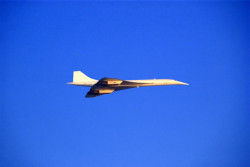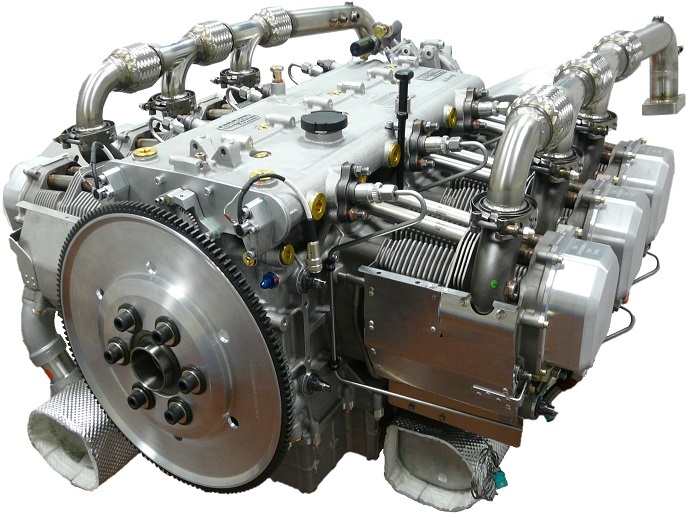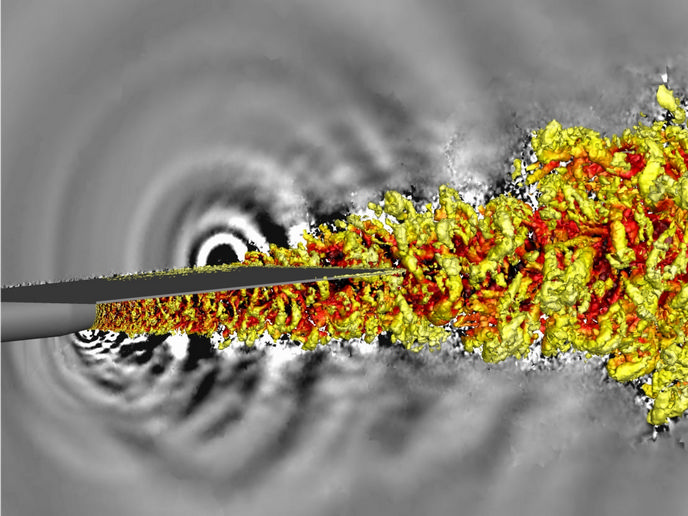High-speed test aircraft
High-speed aircraft have been around for decades, yet their use as effective passenger vehicles depends on performance competitive with conventional aircraft. Achieving the performance targets requires experimental testing, which is very expensive. The EU-funded HEXAFLY (High-speed experimental fly vehicles) project aimed to create a new experimental high-speed vehicle. The proposal will be self-propelled and incorporate several testing technologies. Development will thus prepare the way for larger experimental flight testing platforms, also allowing the risks of candidate technologies to be assessed before deployment. The six-member consortium addressed a six-part research programme, including high-speed vehicle propulsion, aerodynamics, control and other engineering aspects, including the environmental impact of such vehicles. The undertaking ran between October 2012 and March 2014. During the first reporting period, the project achieved a development plan for the vehicle via a two-fold process. First, the team assessed the suitability of proposed subsystems for flight test environments. Such steps consisted of: preliminary trajectory modelling, computational fluid dynamics modelling of external dynamics and engine performance, and thermal assessment of the combustion chamber. Next, the group laid out the various flight test options. Work yielded definitions for three vehicle architectures. The stage also included a free-flight experiment using a large vehicle, of which the project developed two versions. Further definitions included: a vehicle mounted on the leading edge absent platform; and a captive carry trial using a small vehicle, to be launched from a sounding rocket. HEXAFLY developments will help to realise platforms for testing of high-speed flight offering lower costs than currently possible. Such a result would advantageously position European industry.







